‘FEAR, TO A GREAT EXTENT, IS BORN OF A STORY WE TELL OURSELVES’ – CHERYL STRAYED
Well, I had come a long way since my first solo trip, when I was in floods of tears as soon as I made it through customs. This time, I had made it to the first night of my first solo multi-day hike. I sat crying in my precariously pitched tent- alone, staring at my mouse nibbled bread rolls, as the rain poured, and pools of mud edged towards my questionably coloured white inner tent. What was I doing? Previously my solo hikes were limited to day hikes or staying in hostels, but at some point I had thought it was a great idea to hike the W trek in Torres del Paine independently. When was that? Why? Should I just quit now?
It is a funny story now, but I seriously questioned my decision on that first night. As is often the case, a good sleep helped. Waking up to the mountains peaking through the rain clouds motivated me to keep going. And since then I have not looked back. To date I have hiked over 500km solo in South America, and have learnt a lot along the way. Like with solo travel (more on that another time…), hiking solo can be incredibly rewarding and empowering, but it is important to take some precautions. Whilst some of these tips apply to all solo hikers, I am speaking from my experience as a solo woman hiking. Unfortunately, it remains the case that my identified gender is the reason for some of the precautions I take.
So, here are my eight top tips for hiking solo as a woman. I hope you find them useful.
1. Prepare
2. Tell someone where you are going
3. Research the route
4. Consider hiking buddies
5. Take the right gear
6. Be Aware
7. Trust your gut
8. Breathe
1. PREPARE
A healthy respect for the risks a solo hike entails is no bad thing, so take your time to prepare. This could be by going on day hikes, trying other outdoor activities or joining a group multi-day hike, in order to decide if this type of trip is for you. It is also a good way to try out gear before your trip. Do not be like me and only put up your tent twice before having to pitch it in Patagonia’s infamous wind. Previously I had hiked the Camino de Santiago and had done group hikes, but camping was a new experience for me.
Being aware of our worries is also important. We should not let them take over, but we can prepare for some of them. Consider what steps you can take to challenge your comfort zone and stretch it that little further. For example, by testing out gear, following a trail with phone service, or taking a friend the first time. There is no rush to do a solo multi-day hike and easing yourself in can make the experience more enjoyable, and safer.
Read about my other hiking experiences here.
2. TELL SOMEONE WHERE YOU ARE GOING
Tell a friend where you are going, and when you expect to finish the hike. It does not matter where they are based, although it can be useful to tell friends who are in the same country. For example, I always make a plan with a friend or two to check in with me if I have not made contact by a certain date.
Some hikes require you to sign in and out but do not rely on this. If you are leaving belongings at a base, such as a hostel, you can also tell them.
3. REsearch THE ROUTE
Knowing the route is important when it comes to hiking. Weather can change quickly so familiarizing yourself with the way beforehand is not only comforting, but also helpful when on trail. Usually I read recent reviews online to check trail conditions. Asking locals, the tourist information centre or local tour agencies are also options to get up to date information about your chosen hike.
4. Consider hiking buddies
‘It is too dangerous to hike this trail alone as a woman’.
I have been told this before a couple of hikes I have completed. I always get a second, third and normally fourth opinion on this, as I am quite stubborn. However on one of these hikes (Huayhuash, Peru), whilst I did not feel any threats because of my gender specifically, I was pleased that I had found two hiking buddies the day before. It was extremely remote and due to weather conditions the trail was difficult to follow at times (GPS was essential).
So this tip is just to be open to joining up with others if it feels right to do so, even if it is just to have a familiar face to greet you in camp.
Tips
- Local cafes, hostels, tourist information centres and even tour agencies sometimes advertise notes from other hikers looking for hiking buddies.
- Join destination specific Facebook groups or connect with locals on sites such as Couchsurfing to find friends (always check their reviews and agree to meet beforehand in a public place).
- If you cannot find anyone to go with, but want some company, find out if any tours are going on your planned dates. It can be nice to know a tour group will be on the trail too.
5. TAKE THE RIGHT GEAR
Yes this includes all the essentials, such as a decent first aid kit and topographical map if needed. However other safety precautions include loud whistles, or an air horn, and pepper spray.
Do not forget insurance. General travel insurance policies tend to cover basic hikes, but always check the fine print. There are also specific insurances you can purchase, which cover hiking related activities such as hiking at altitude, and mountain rescue assistance. I use True Traveller.
TIP:
- Check if pepper spray is legal where you are going! Locally based friends have given me pepper spray when they feel it is appropriate to carry. For example, when I hiked Table Mountain in Cape Town alone.
My thoughts on diamox to treat altitude sickness
6. BE AWARE
When hiking solo it is easy to space out and miss a turn, or potentially trip and injure yourself. Be aware of your surroundings, and try to be mindful as you walk. Turning your music off, taking note of what you see, and where you step, are good ways to focus.
I have also learnt to be vague when asked if I am a solo hiker when on trail. Whilst hiking in Peru I got into a habit of saying my friends were behind me, or I was meeting them at a campsite. Also I did not specify where I was staying when asked, unless I felt comfortable. This leads me to my next tip…
7. TRUST YOUR GUT
If something feels off, it normally is. 99.9% of people are wonderful but when you have a gut feel, even without obvious reason, trust it. This can also be the case when it comes to deciding on which way to take, or deciding to stop for the day.
Do not be afraid to assert yourself and leave a situation, even if this means changing plans, or having to make up an excuse, like you need the bathroom, or you need to catch up with friends who are further ahead.
Generally I have not had any issues like this whilst hiking, but it is a tip I sometimes forget when travelling solo. Trust your gut.
8. BREATHE.
I had to remind myself to do this on that rainy tear-filled first night camping in Torres Del Paine. Remember to pause, take a few deep breaths, and observe your surroundings. What can you see? What do you hear? This can be incredibly grounding. Also, I find Wim Hof’s breathing method useful to start and end my day. There is lots of information about this online should you want further guidance on the technique.
Breathe.
Sometimes the biggest hurdle is ourselves. How do you know unless you try? It is natural to question your ability, especially when hiking as it can often be filled with unpredictable challenges. So being kind to yourself, and looking after yourself is incredibly important.
I find having an affirmation to repeat to myself when taking some mindful breaths helps remind me of why I am doing something. An affirmation is a positive statement to help overcome negative thoughts. For example, ‘I am strong, I am capable and I can do this’. You can too.
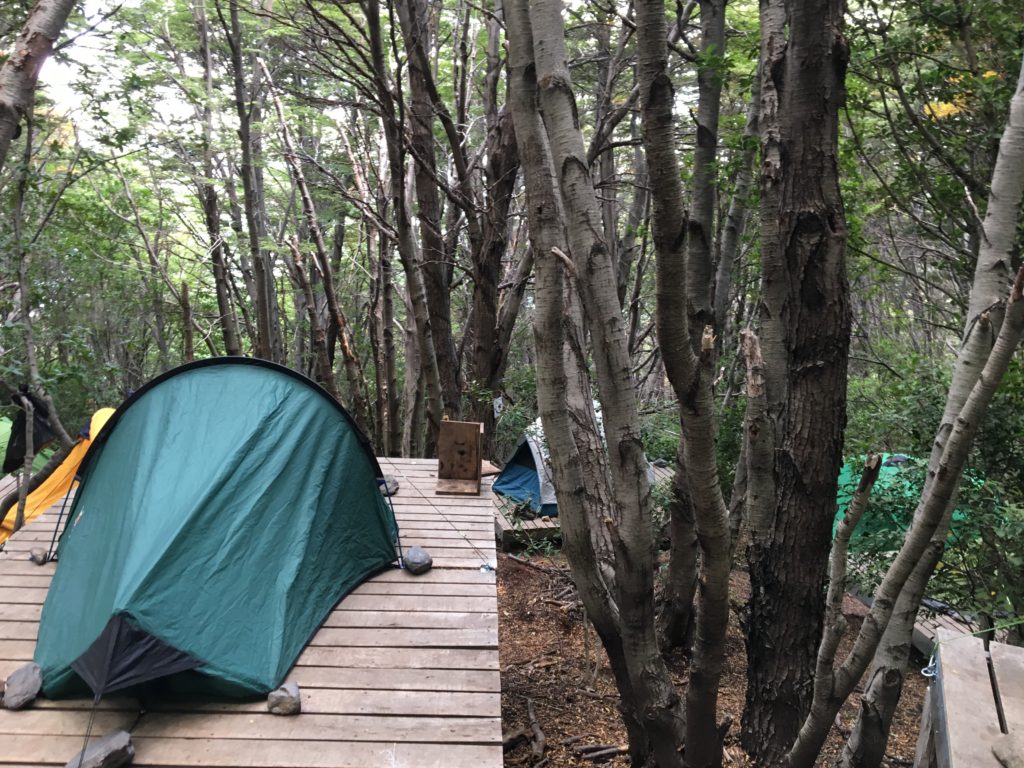
Overall I believe hiking solo can be an enriching experience, to not only connect with the surrounding nature, but to connect with yourself. It is normal to have reservations, and common for people to question your decision to hike solo, especially as a woman. However do not let this be a deterrent if it something you want to do. Yes, there are safety steps every solo hiker should take, and some specific sensible precautions I personally find helpful as a woman, but these are mainly for one’s own peace of mind.
Over the years I have met many inspiring women, especially fellow hikers, who continue to encourage me to question limitations I put on myself and follow my dreams. As Cheryl Strayed wrote, ‘fear is often born of a story we tell ourselves’, but sometimes it is also born from what others tell us, and we then internalise. Do not be afraid to challenge this, and get out there on trail.*
*Just try to pick a different colour inner tent, white I can confirm gets extremely muddy, regardless of how well the tent is pitched.
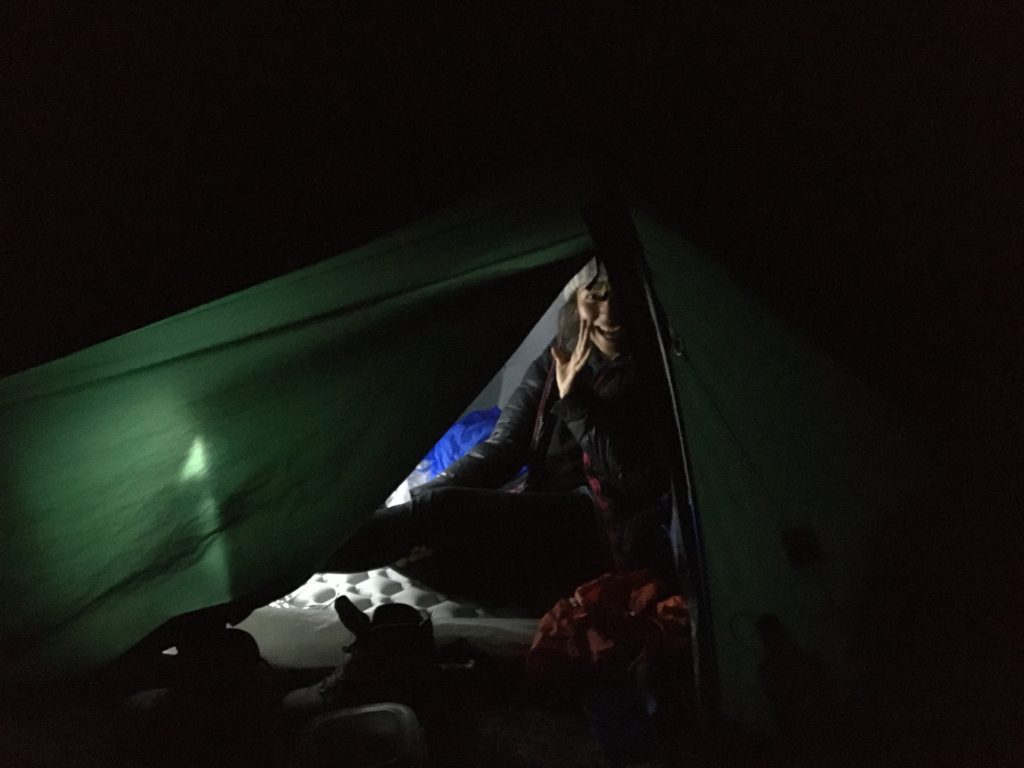

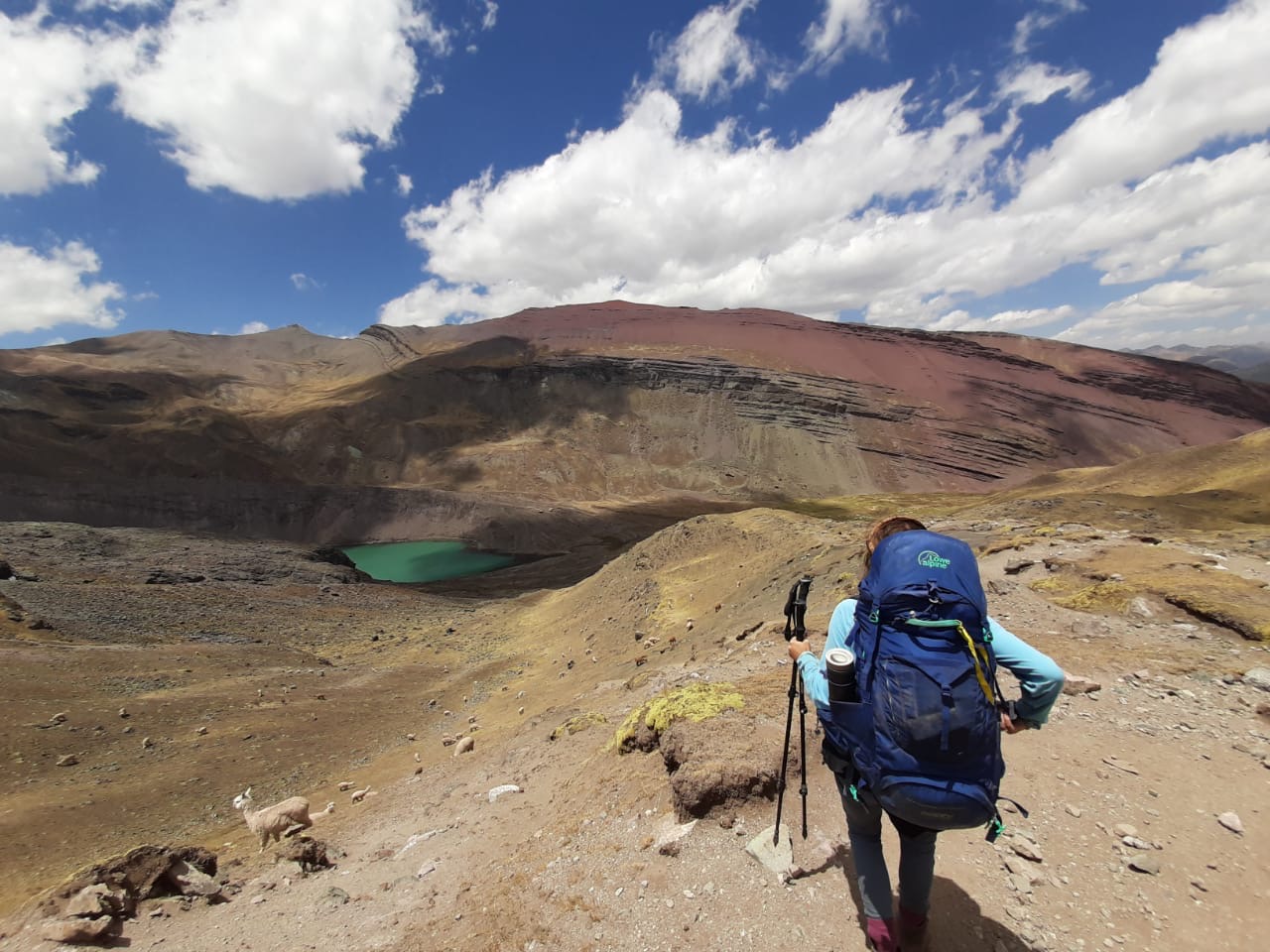
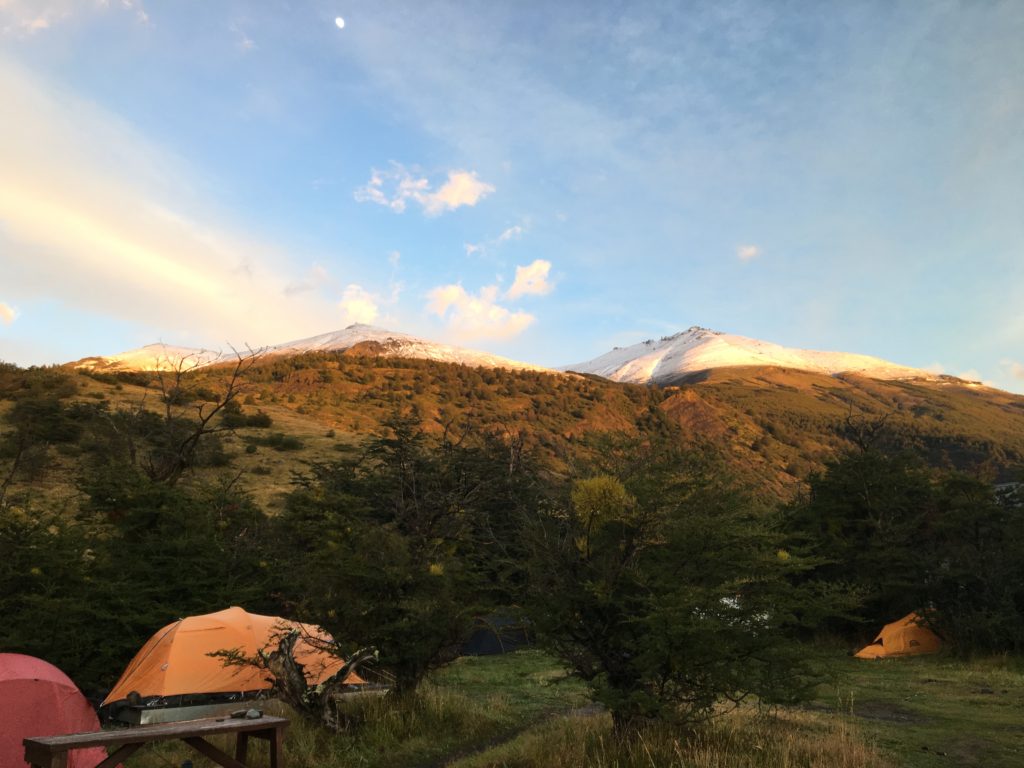
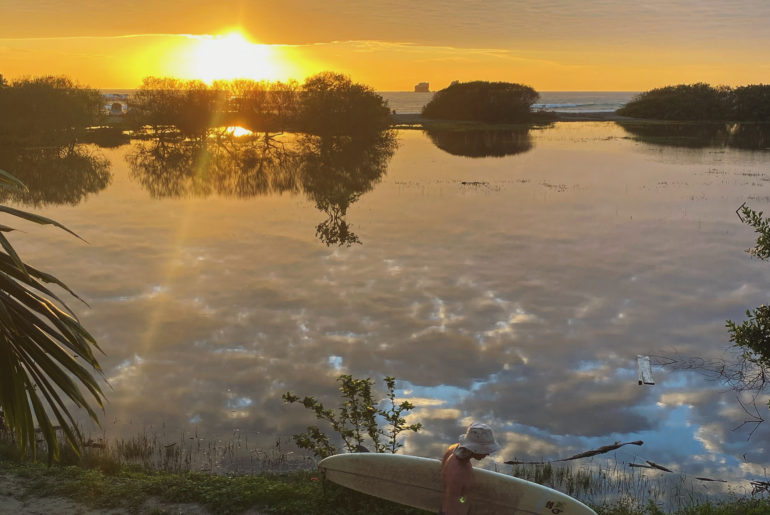
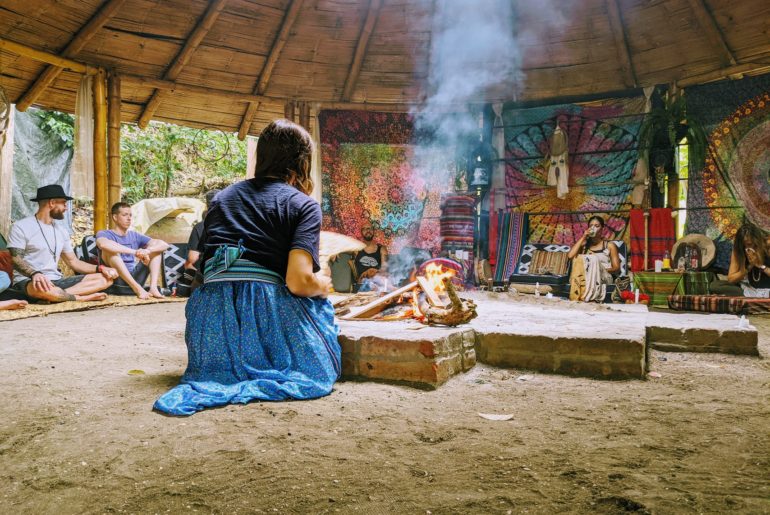
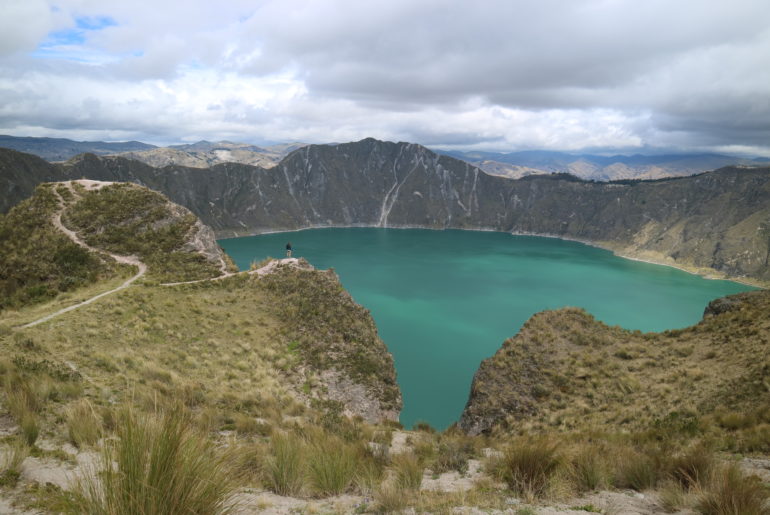
6 Comments
Pingback: Incredible Things I've Learned From Traveling Solo - Forever Lost In Travel
Pingback: Durdle Door Hike: One Day Circular Walk - travelface
Pingback: Tungurahua Hike: 5023m Up Without A Guide - travelface
Pingback: Hiking in Baños: The Sendero De los Contrabandistas - travelface
Pingback: Hiking the Quilotoa Loop from Sigchos: A Hiking Guide - travelface
Pingback: ALTITUDE SICKNESS: THE DIAMOX QUESTION - travelface